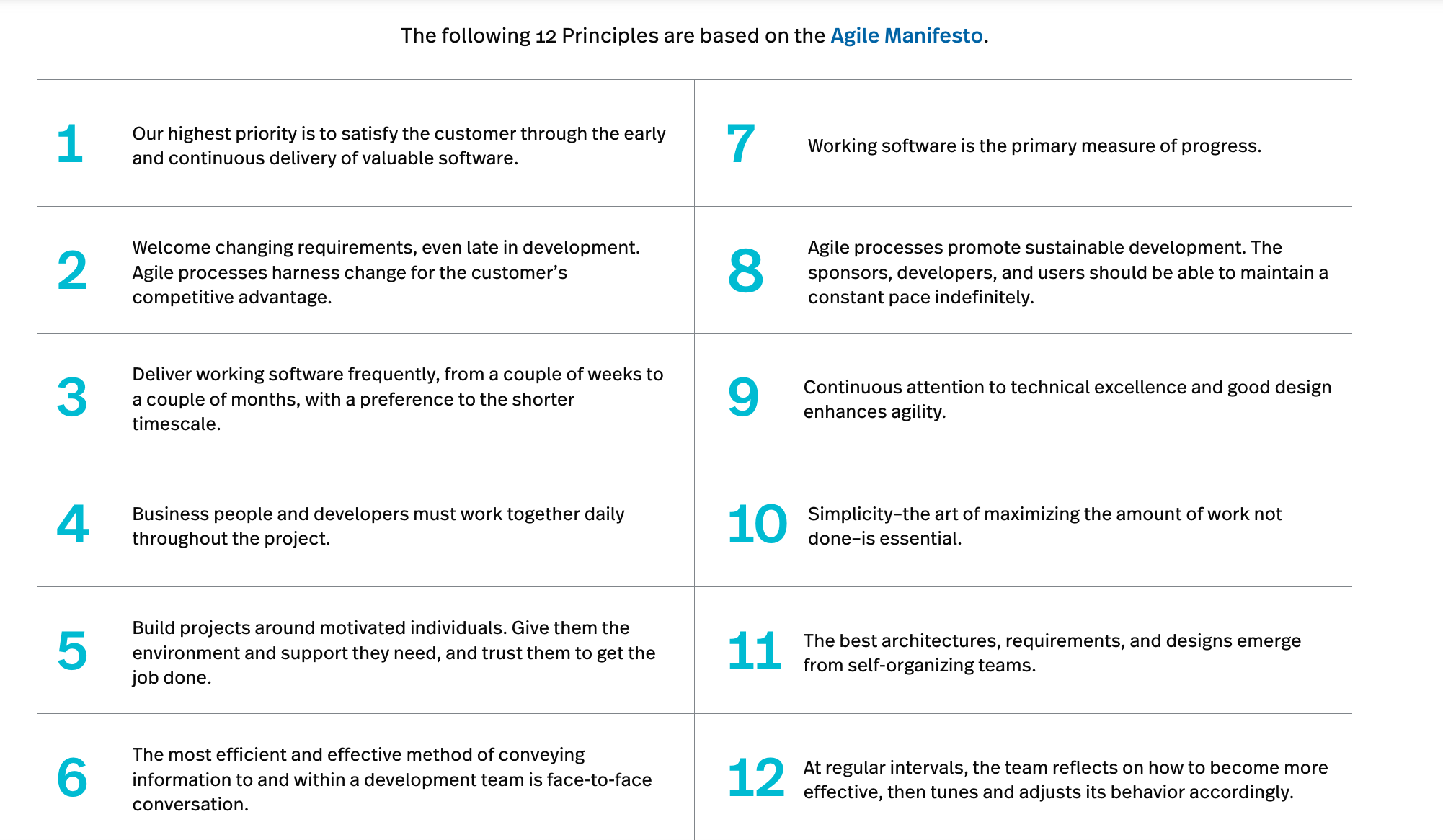Subscribe to Our Insights
Thank you! Your submission has been received!
Oops! Something went wrong while submitting the form.
Our Hubs
Resources
Company
© 2025 Cresteo. All Rights Reserved.

In project management, where the emphasis is on producing faster, in greater quantities, and with better quality, the fear of failure can become a significant obstacle. This is especially relevant in software development, where the pressure to meet deadlines and quality standards can be intense. However, agile methodology, with its focus on short work cycles, helps to mitigate this fear and facilitates adaptation and continuous improvement. The concept of 'failing fast to learn fast' in agile methodologies means that teams can learn and improve rapidly by quickly identifying and addressing failures. So, why does the fear of failure persist so much?
In my experience, the fear of failure has two leading recurring causes that I would like to highlight:
Agile methodologies are distinguished by a series of principles and benefits (Agile Alliance). They are about turning these fears into opportunities for continuous improvement, promoting a culture of adaptability and learning, and ultimately, delivering value more effectively.

Instead of conducting a complete class on agile methodology, take every decision-making opportunity to explain why specific actions should be taken, grounding decisions in the methodology's knowledge. This allows for more contextual and applicable learning for the team.
A typical example is when a task's scope changes during its development cycle. Changing the scope during this process can indicate a need to understand agile methodology, but it is crucial to explain that agile methods are designed to handle situations like this. Discovering new needs or requirements during implementation is natural, and agile methodology, with its short cycles of functional software delivery, allows for the completion of initial work and then addressing new needs in future iterations. This ensures continuous value delivery without compromising the stability or quality of the final product.
Foster openness and empathy by actively listening to ideas without judgment and allowing any team member to express their thoughts freely. For instance, encourage everyone to share their ideas and concerns during team meetings and ensure that all voices are heard and respected.
Establish basic ground rules for interaction and teamwork to ensure a respectful and productive environment for all members. These rules should focus on decision-making processes, conflict resolution, and clearly defining responsibilities, among other things. They should also set clear expectations and foster a collaborative and effective work environment.
Encourage self-organization and clarity in roles and responsibilities, distributing responsibility collectively. This means that each team member should clearly understand their role and responsibilities and be empowered to make decisions within their area of expertise. When team members have well-defined roles and responsibilities, they know exactly what is expected of them, reducing uncertainty and the fear of making mistakes. This approach diminishes the fear of failure and strengthens the sense of teamwork and commitment to project goals.
Daily meetings should be adequate for the team, focusing on daily synchronization, obstacle identification, and task progress updates. It is crucial to keep boards structured and updated and ensure card titles are descriptive for clear communication. Additionally, it is essential to have channels that facilitate open communication within the team. With virtual work, the osmotic communication that occurs when working together in an office is lost, so it is crucial to supplement this with channels and tools that maintain this important connection.
Agile methodologies are designed to mitigate the fear of failure and promote continuous value delivery. Contextual education on agile methodology facilitates its adoption and maximizes the potential of its short cycles and constant feedback. Creating a safe and collaborative environment, with openness and peer recognition, fosters a culture of learning and mutual support.
Empowering the team with clear roles and responsibilities and maintaining open and transparent communication are key strategies to reduce pressure and improve adaptability. Effective daily meetings and appropriate communication tools ensure the team remains synchronized and connected, even in virtual environments.
Proper implementation of agile methodologies improves the final product's efficiency and quality. It also turns mistakes into valuable growth and evolution opportunities, ensuring constant and effective value delivery.
However, it is important to recognize that the success of these practices depends largely on the team's personalities and dynamics. There is no one-size-fits-all recipe for achieving these goals; this article aims to share experiences rather than offer an exact formula. Each team is unique; finding the right approach requires continuous adaptation and experimentation.
***
At Techie Talent, we use agile methodologies to drive rapid learning and continuous improvement in custom software development. Our' failing fast to learn fast' approach helps you overcome the fear of failure and achieve exceptional results. Connect with us today to transform your vision into reality with efficiency and collaboration.